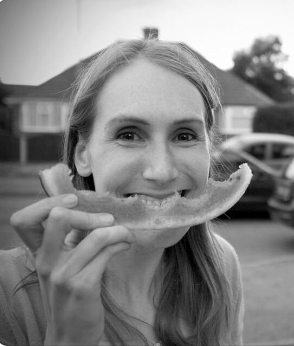Carbon Dioxide
- The test for carbon dioxide involves bubbling the gas through an aqueous solution of calcium hydroxide (limewater)
- If the gas is carbon dioxide, the limewater turns milky or cloudy

Diagram showing the test for carbon dioxide gas
Examiner Tip
Sometimes students write that extinguishing a burning splint indicates carbon dioxide gas. However, while it is a property of carbon dioxide, other gases, such as nitrogen, will also do this, so the test is not definitive and should not be quoted in an exam answer. All is shows is that there is a lack of sufficient oxygen present to keep the flame going!




